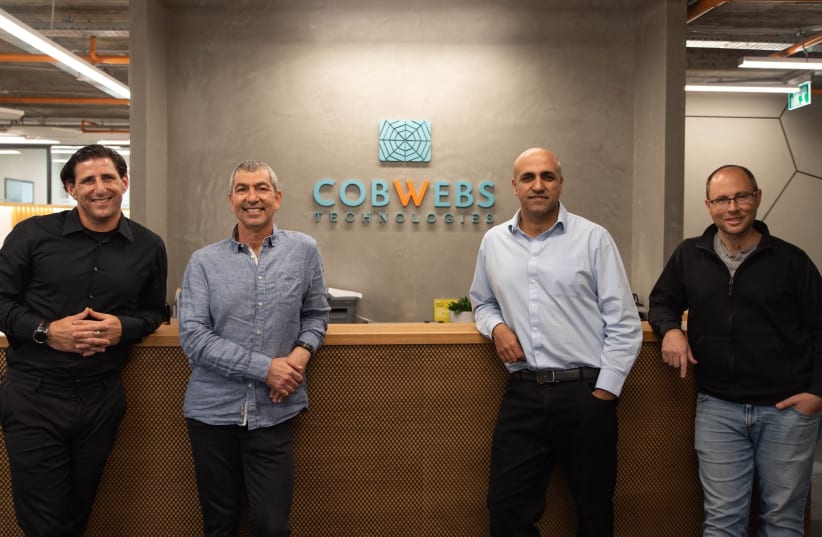Start-up predicts next virus hotspot with social media and mobility data
"This is the brother of the butterfly effect theory, which was about prediction for prevention," said Cobwebs president Omri Timianker. "Our methodology is prediction for decision."
